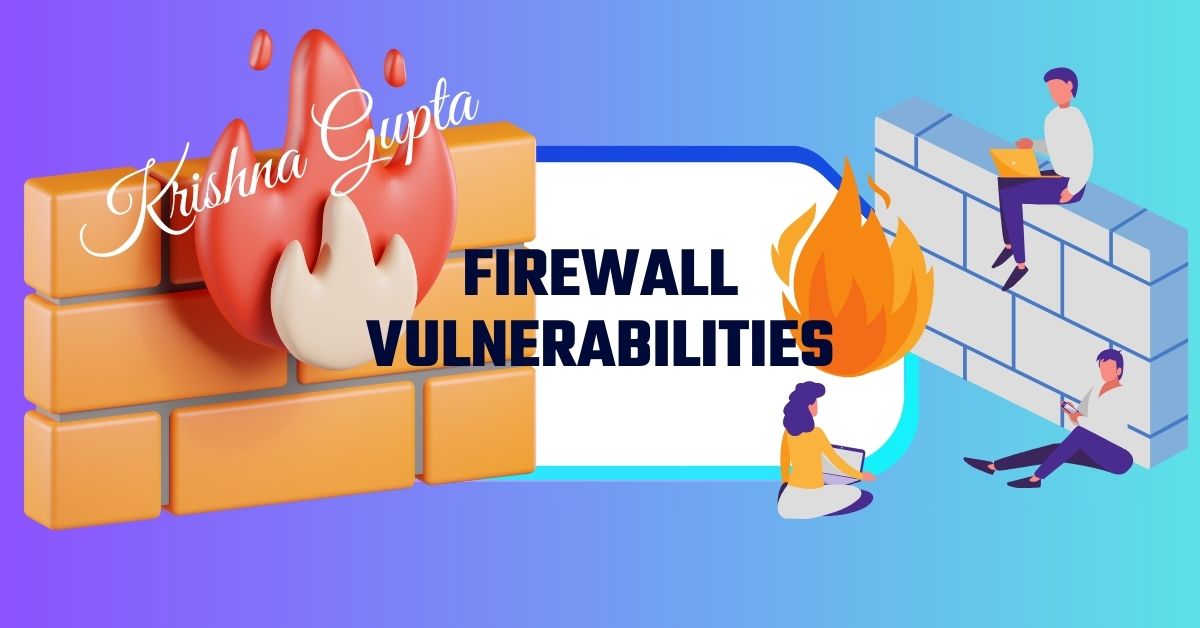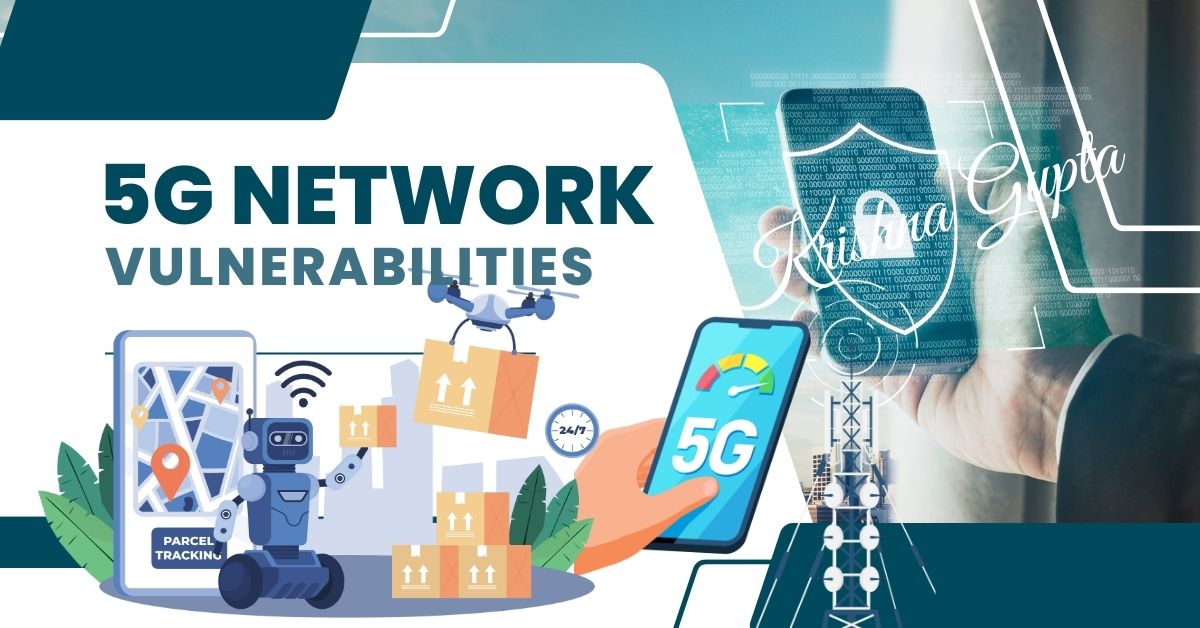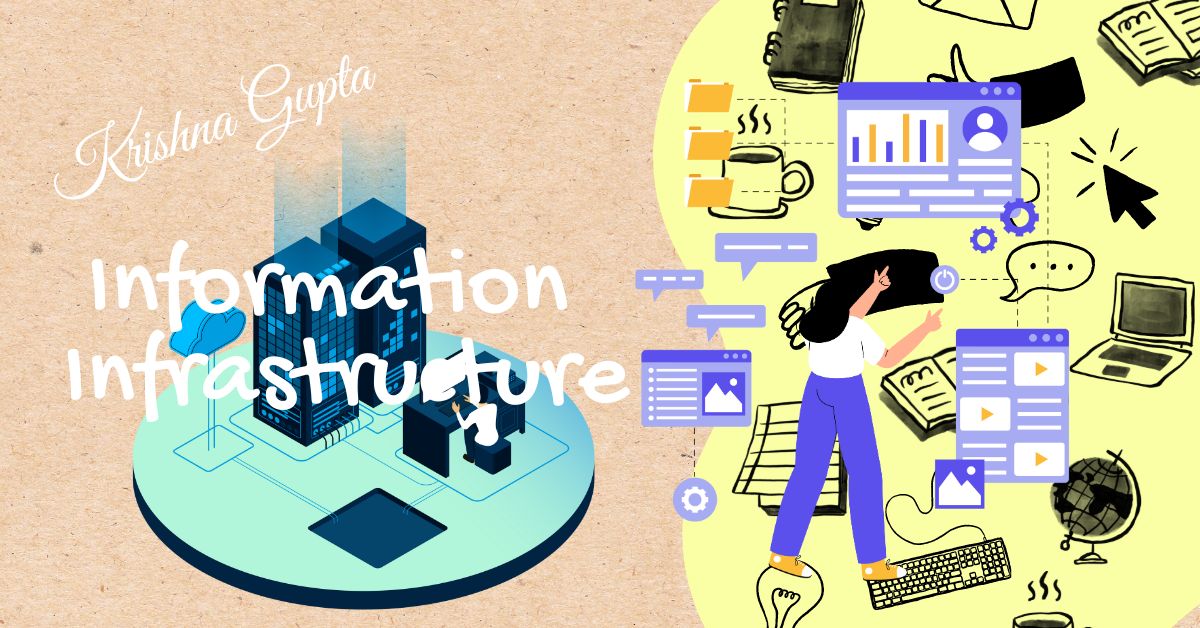Firewall Vulnerabilities: A Business Imperative for C-Suite
Before delving into vulnerabilities, it’s essential to establish what firewalls do. In essence, a firewall is a security device—either hardware, software, or a combination of both—that monitors and controls incoming and outgoing network traffic. It acts as a barrier between a trusted internal network and untrusted external networks, such as the Internet. Firewalls use a set of predefined security rules to filter traffic, allowing legitimate connections while blocking potentially harmful ones.




